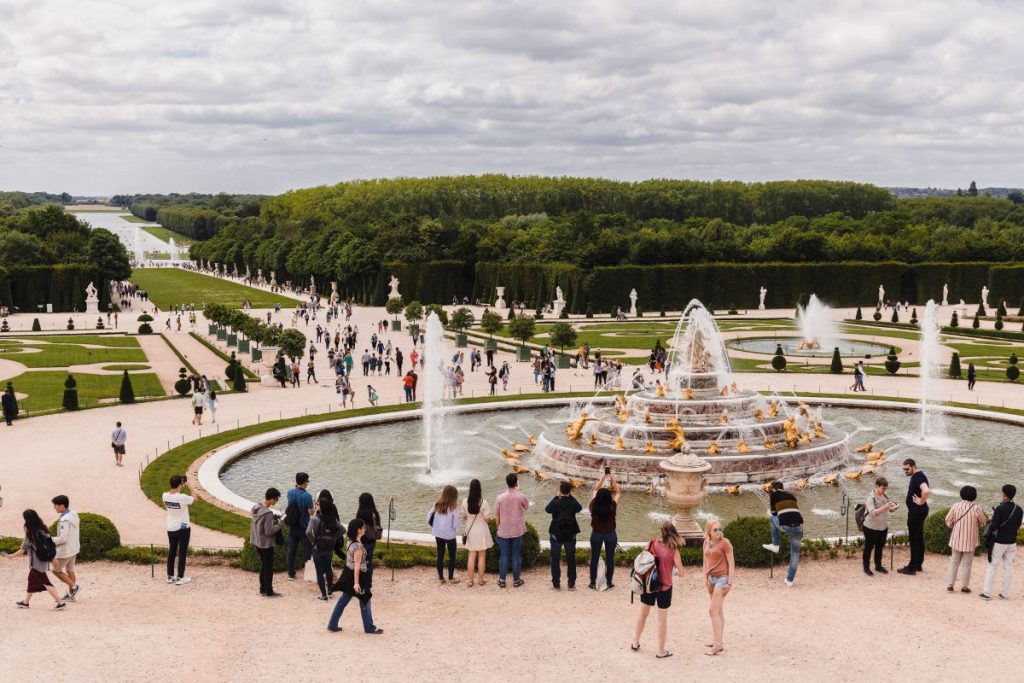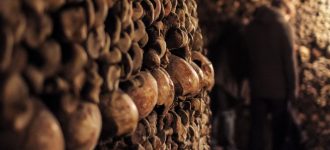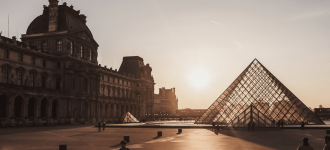A few facts about the Palace of Versailles: In 1661 Louis XIV commissioned André le Nǒtre to chart the grounds for the future palace. He also became the genius landscape architect of the project. Andre Le Vau would become the chief architect and Chalres Le Brun created the baroque interior aesthetics of the palace. 40 years later, the palace of Versailles was (finally) complete.
After its completion, King Louis XIV moved the seat of power from Paris to this stunning over-the-top estate. Located about 13 miles (or 20 km) from the center of Paris, the 700-room Palace of Versailles is one of the biggest visitor draws in the entire country of France.
You might think you’ll come away from a visit to Versailles knowing everything there is to appreciate Louis XIV’s home fit for a king. But there are plenty of secrets and little-known facts about Versailles that will make your visit here much more satisfying.
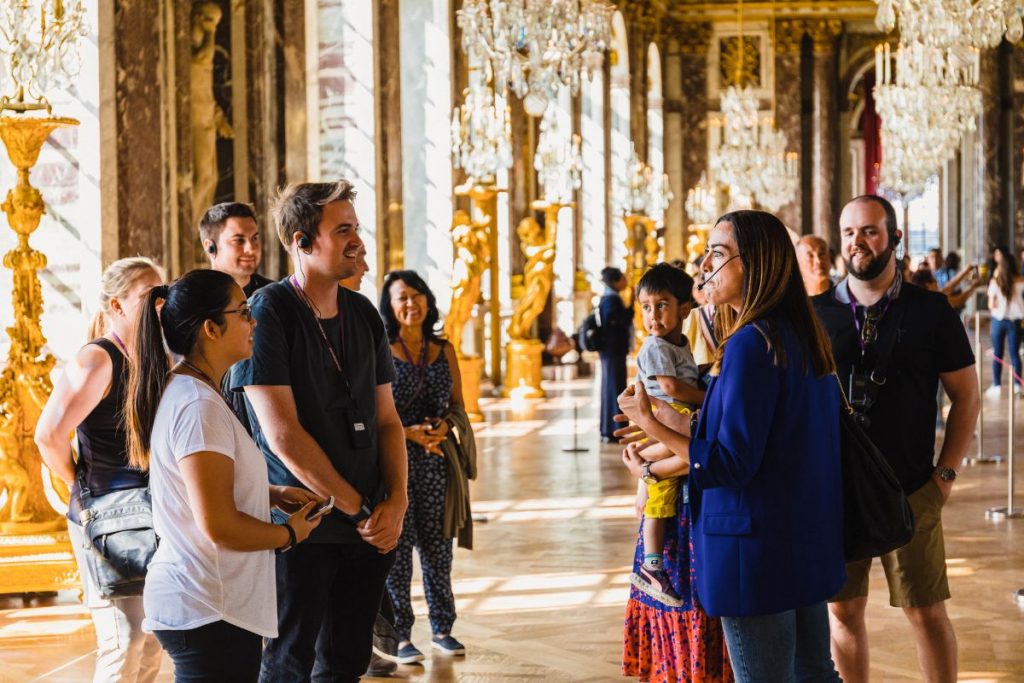
Royal hunting
On the grounds that now sit the Palace of Versailles was originally a somewhat modest hunting lodge. Louis XIII bought the land in 1601 in order to exercise the French royal craving for hunting wild beasts.
At the time, an abundance of wildlife and game could be found in what was the countryside—now it looks more like a suburb of Paris.
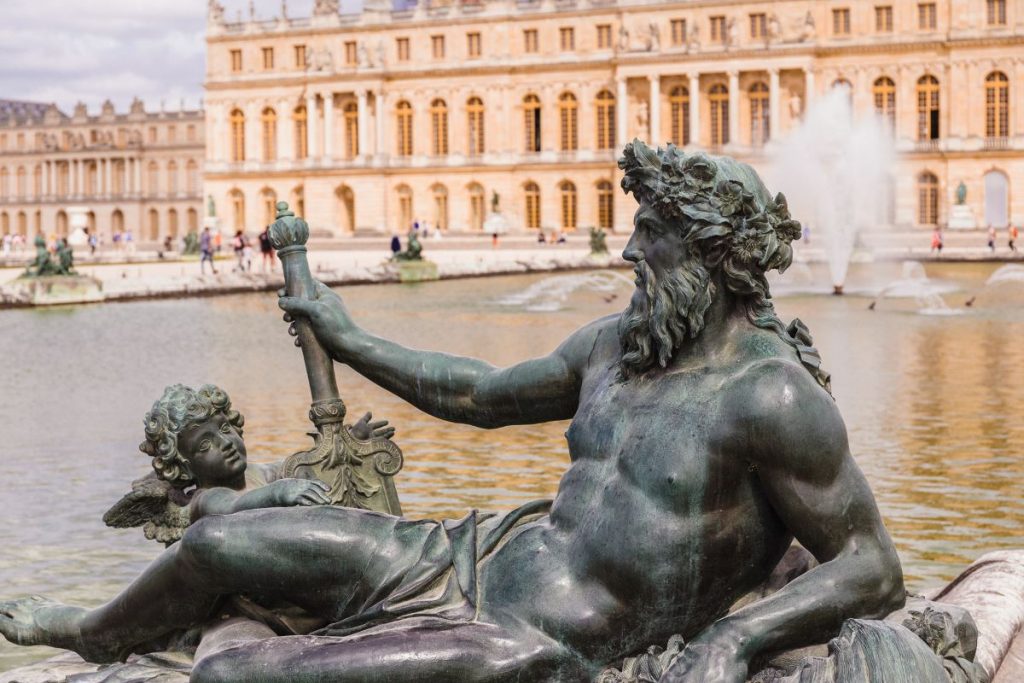
Flower power
There are over 250,000 trees at Versailles and about 210,000 flowers are planted annually, making a visit to the Palace and Paris in springtime an impressive spectacle. There are hundreds of fountains, just as many waterjets, and 20 miles of underground water pipes.
One would think that a garden this large in full blossom would be a pleasant wonder to one’s olfactory glands. Instead, though, it was a nightmare for the nose. Early on, guests would flee from the gardens, complaining of feeling ill from the intense scents of all the flowers and plants.
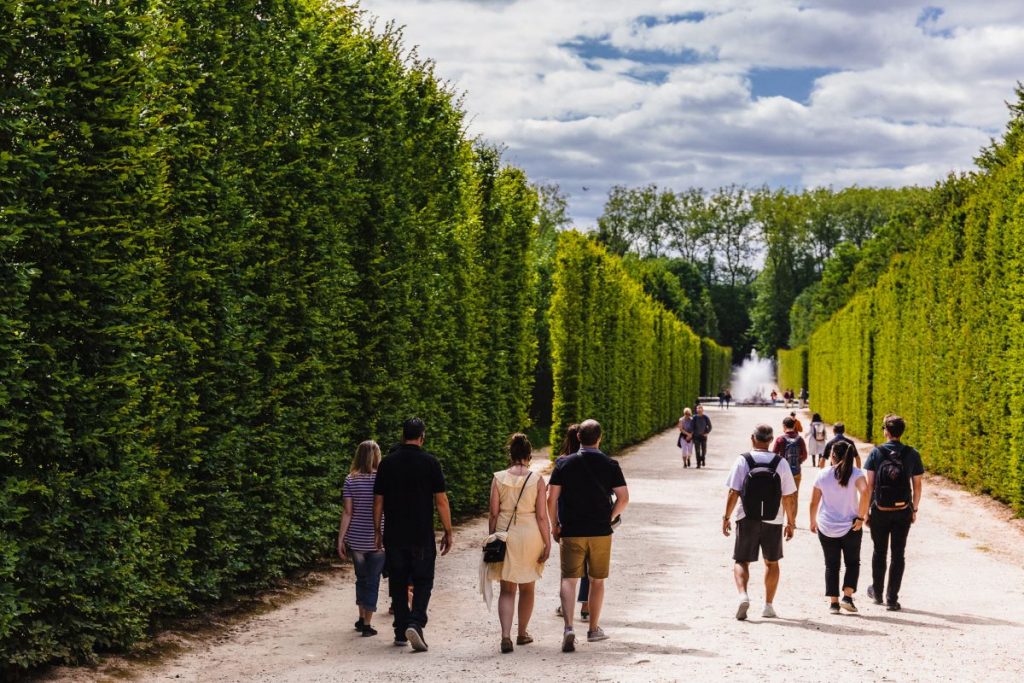
The King of stink
Speaking of smells, Louis XIV was obsessed with perfume. Why? Because he apparently had an aversion to bathing. It’s said he only took three baths in his entire life.
Hence, the strong smell of flowers and herbs throughout Versailles. But away from the garden, Louis hired a perfumer to create strong scents for him for every day of the week—all to hide the royal stench.
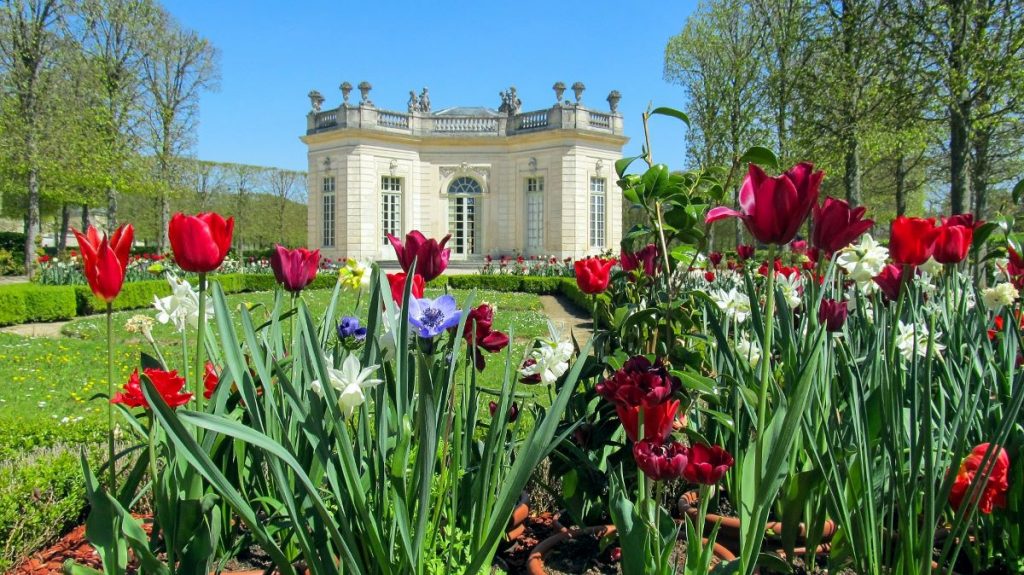
Cold kitchen
Versailles may have 7oo rooms, but only one of them is a kitchen. Consider it poor planning, but the kitchen was so far away from where the Sun King liked to enjoy his meals that when his food finally arrived in the dining room, it was often cold.
When there were 5,000 people eating—as was often the case, when the king had dinner parties—there was often not enough help to bring the food, so getting warm food on the table was impossible.
Louis XV, the successor to the Sun King, fixed this oversight: he had a private apartment built within Versaiilles and one of its apparently unique features was that it had its own kitchen.
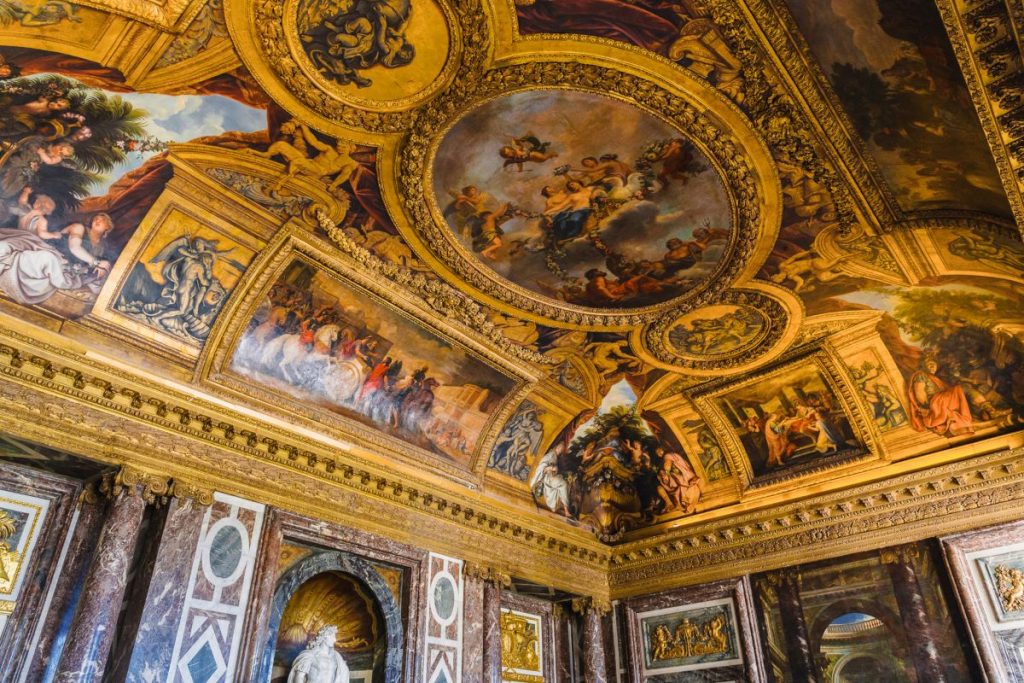
Royal Zoo
The palace grounds were once used to keep animals. And not just any animals, but exotic species. In 1663 architect Louis le Vau designed a structure to hold the menagerie.
And the king had animals brought in from all corners of the planet—think lions, tigers, and bears, as well as rare birds and other species—partly because he was fascinated with the animals but also because the exotic beasts were a symbol of the king’s power. After the French Revolution in 1789, the menagerie was abandoned and today there is little sign of it.
But the menagerie at Versailles planted a seed in the human mind about exotic animals and not long after the French Revolution, the world began seeing similar collections of animals spring up around the world. They called them zoos.
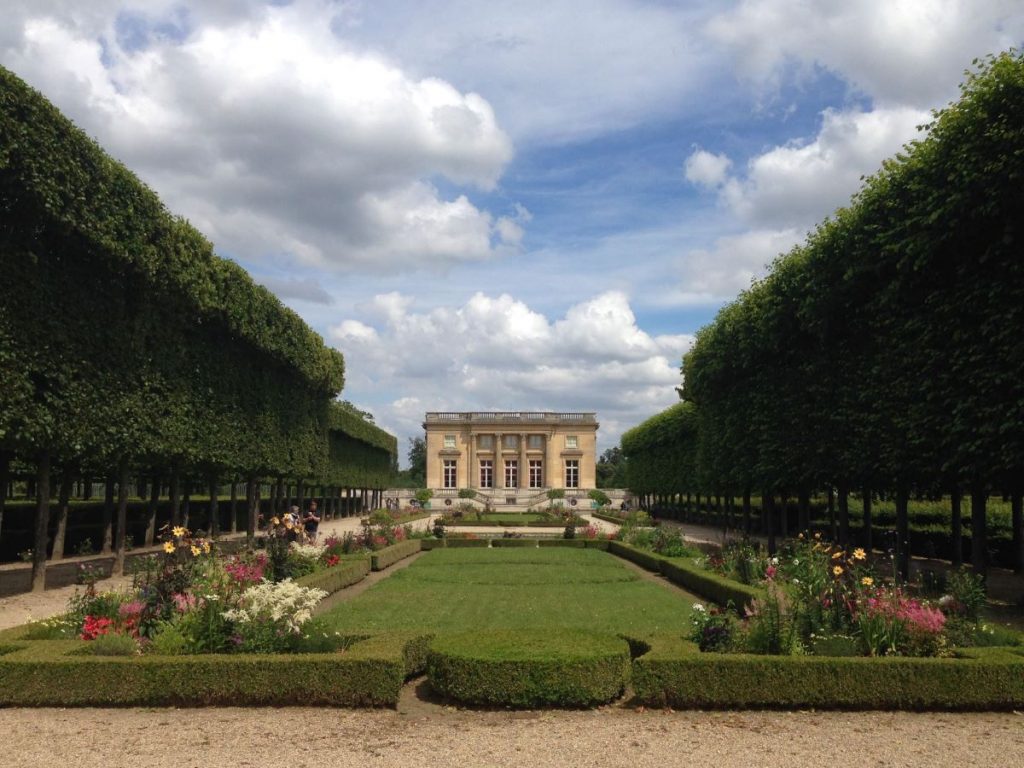
Mirror, mirror on the wall
There are over 357 mirrors in Versailles, specifically in the aptly named Hall of Mirrors. That’s not an astounding number compared to the other objects accumulated (see the above fact about the plants and flowers, for example). But what is amazing is that in the 17th century, mirrors were not only expensive but very hard to find and acquire.
But if you had a lot of power—like, say, a French monarch—and were willing to pay a princely sum for hundreds of mirrors, you’d have to point yourself to Venice. This city of canals had a monopoly on mirrors and the mirror makers of Venice were part of a guild that had strict rules of secrecy about their craft.
So, Louis, the Sun King, decided to concoct a secret plot to smuggle a handful of Venetian mirror makers to Paris in order to create the famed Hall of Mirrors room in the palace. Et Voila!
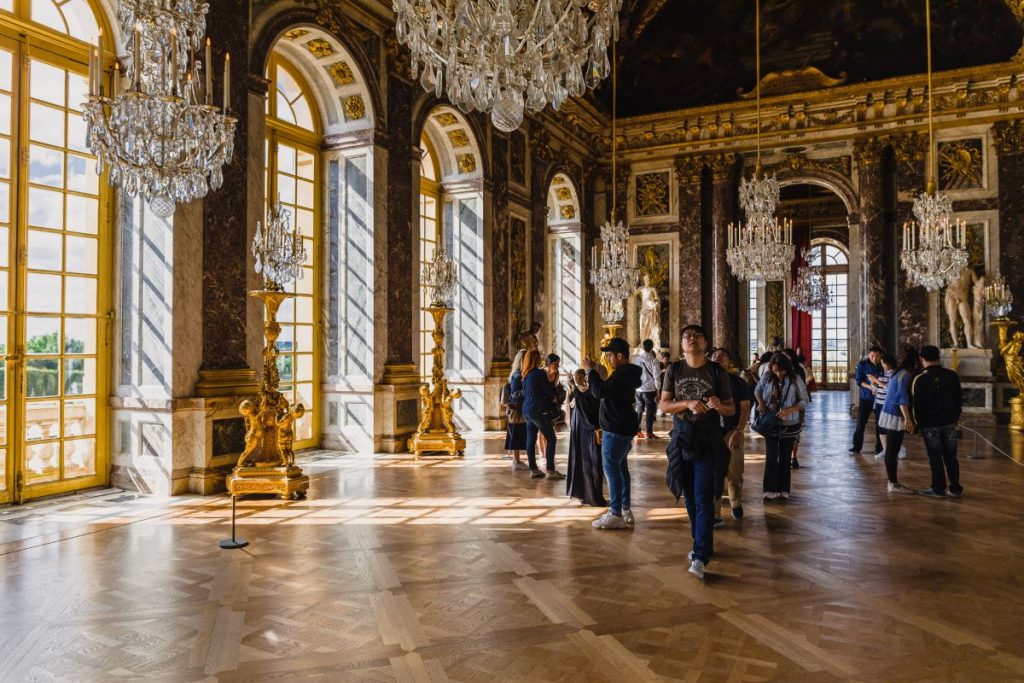
The literal Sun King
Louis XIV took his nickname seriously. He was deemed the “Sun King” because he considered himself the center of the universe and without equal.
The palace of Versailles was laid out specifically from east to west so that it could follow the sun’s celestial path.
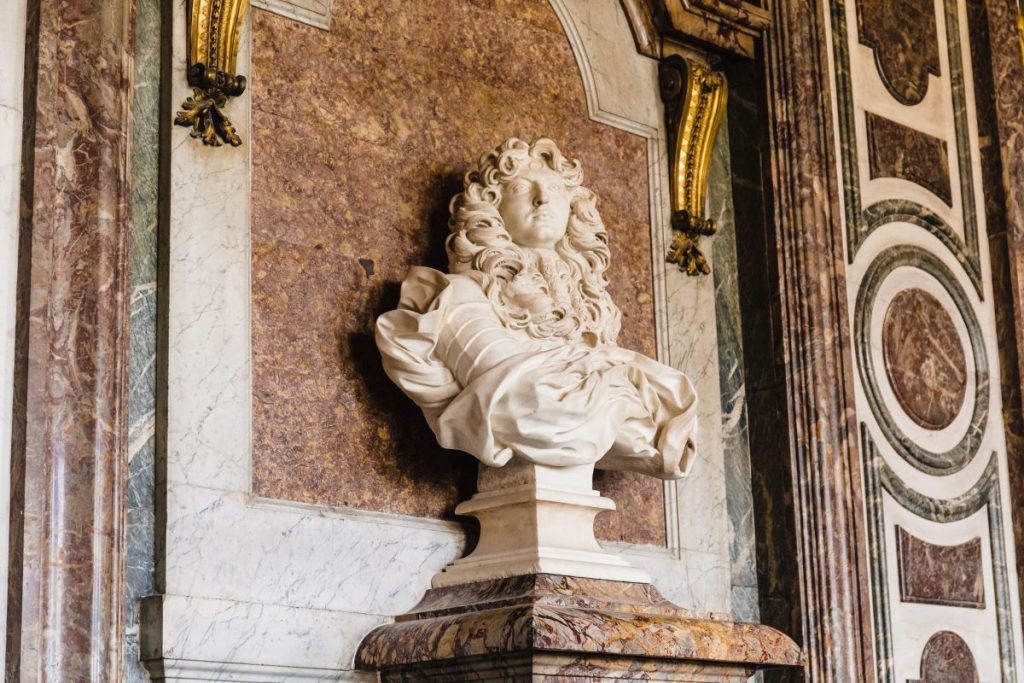
The palace that two billion dollars built
Sort of. If the palace were built today, economists and historians have figured out it would cost over $2 billion. That’s a lot of dough.
But it makes sense, given that there are hundreds of fountains, 700 rooms, 400 sculptures, thousands of trees, 5,000 pieces of furniture, 60 staircases, and all those mirrors.
